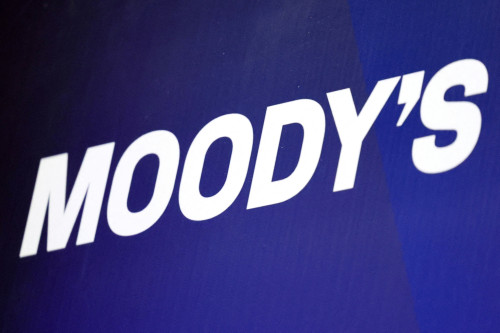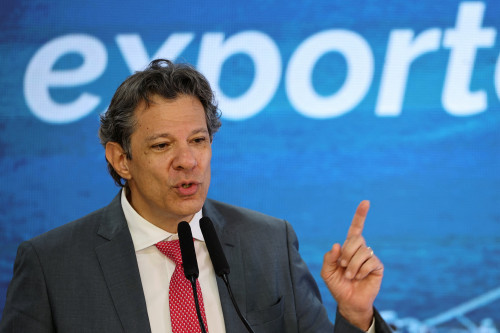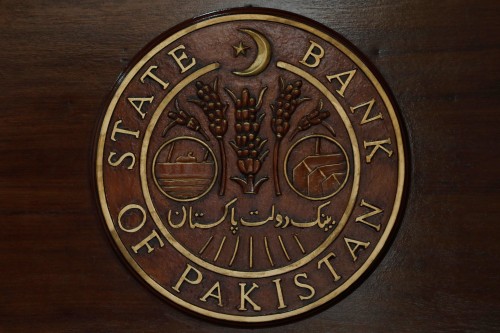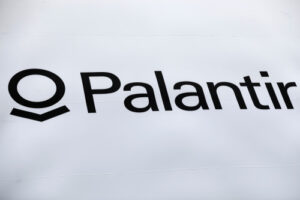By Libby George
LONDON (Reuters) -African countries should focus on developing liquid local debt markets in their home currencies to protect them from global volatility and fickle foreign investors, said Moody’s global head of sovereign and sub-sovereign risk, Marie Diron.
Credit ratings for some countries on the continent have begun climbing after a rough cycle of cuts and outlook downgrades spurred by the stress the COVID-19 pandemic put on sovereign balance sheets.
But as trade wars and geopolitical risks roil global markets, the countries that are faring the best, such as Benin and Ivory Coast, are the ones that have beefed up local funding, Diron said.
“Domestic funding – I think that has to really bridge that gap,” she told Reuters in an interview on the sidelines of an event by the Mo Ibrahim Foundation in Marrakech, Morocco.
Diron said deep and liquid domestic debt markets had in part shielded South Africa’s rating, and borrowing costs, from the turmoil of President Donald Trump’s adversarial approach to President Cyril Ramaphosa’s government.
Using revenue efficiently, lowering exposure to foreign currency debt and lengthening maturities were also key factors supporting African countries’ credit ratings and market access, she said.
Moody’s research shows the median interest rate on local currency debt in Africa stands at roughly 12%, compared with 8% in Latin America and 5.5% in Asian emerging markets, highlighting cost savings African sovereigns could achieve with deeper, more developed local markets.
Diron said that in the previous decade, African governments had access to more diverse financing sources – from the World Bank to comparatively affordable international bond market lending.
Now, sources are more limited – and conditional – with rich nations cutting aid and concessional finance shrinking. Flows from China, a key source for countries such as Angola and Zambia, are turning net negative as repayments come due and fresh lending slows, she said.
“We’re looking at a few years where the net flows are likely to be negative, because the repayments are likely to be more significant,” Diron said of China.
Declining oil prices have also squeezed crude exporters’ revenues, notably in Angola, and Diron said Moody’s expects Brent futures to remain close to $65 per barrel, a drop of roughly $10 from their previous forecast.
Multilateral development banks are stepping in to fill gaps, Diron said, but the amounts were in the “tens of billions,” not enough to close the annual financing gap that the African Development Bank has estimated at $400 billion.
Moody’s was also monitoring any further cuts in U.S. funding
of such international institutions as the International Monetary Fund, the World Bank or the AfDB, Diron said.
“It would be a risk if then multilateral development banks concluded that they cannot lend as much as they have, especially at a time when the borrowing needs are, if anything, rising,” she said.
(Reporting By Libby George, editing by Karin Strohecker and Tomasz Janowski)






